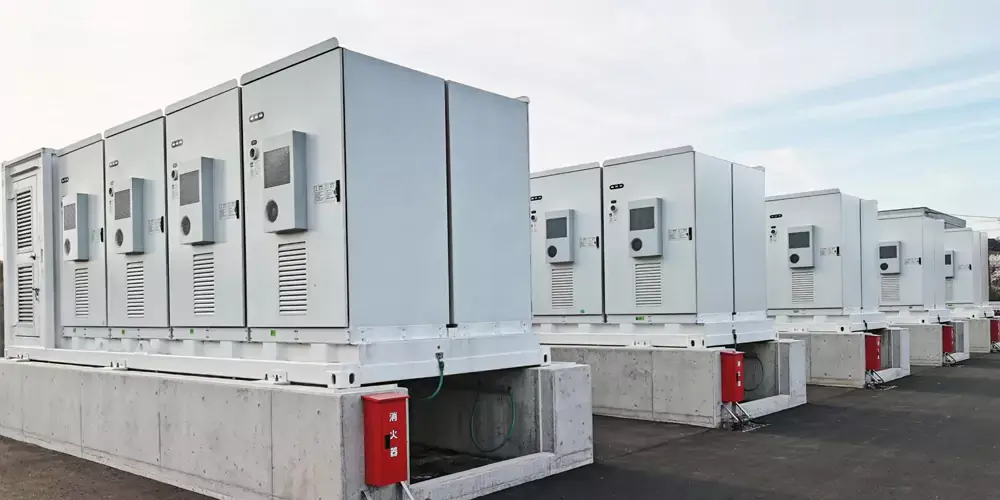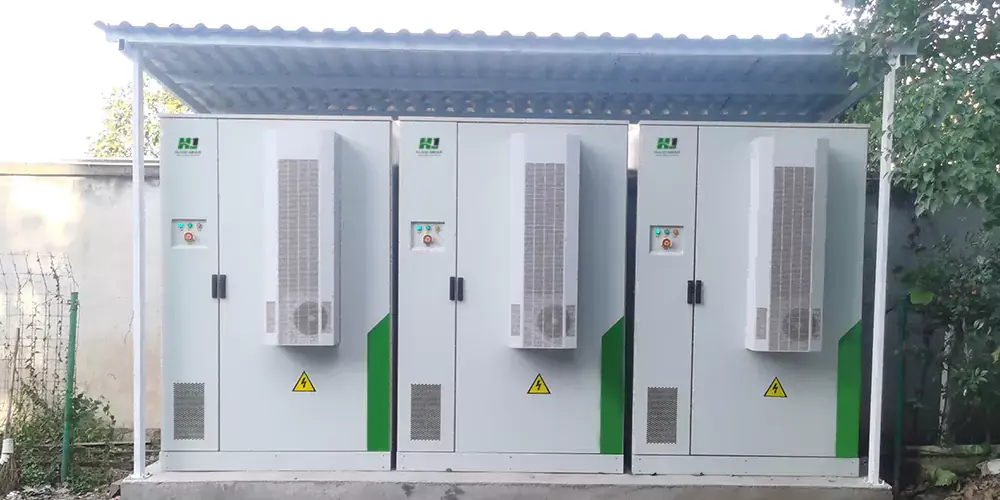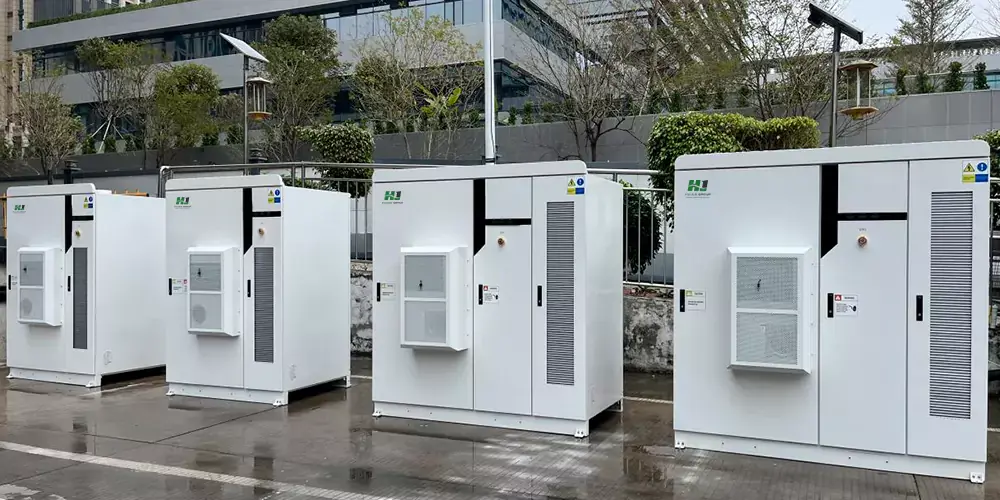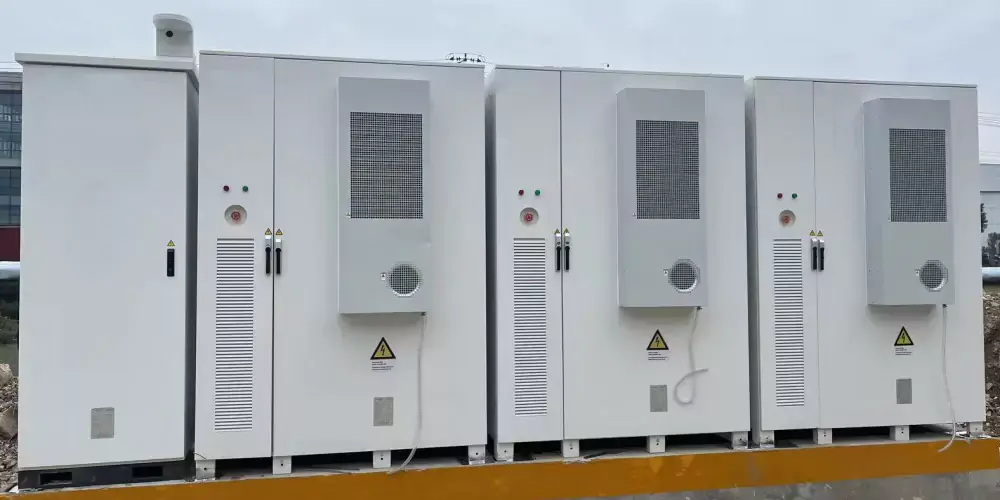The Working Principle and Advantages of Photovoltaic Charging Piles for Electric Vehicles
In the era of sustainable transportation, electric vehicles (EVs) have gained significant popularity as a means to reduce carbon emissions and reliance on fossil fuels. One of the crucial elements in promoting the widespread adoption of EVs is the availability of efficient and convenient charging infrastructure. Photovoltaic charging piles for electric vehicles have emerged as an innovative solution that combines solar energy with EV charging.
The working principle of a photovoltaic charging pile for an electric vehicle is relatively straightforward yet ingenious. At the heart of the system are photovoltaic panels, which are typically installed on the roof or nearby structures of the charging station. These panels are composed of semiconductor materials, such as silicon, that have the ability to convert sunlight directly into electricity through the photovoltaic effect.
When sunlight hits the surface of the panels, photons interact with the semiconductor atoms, causing electrons to be released and creating an electric current. This direct current (DC) is then passed through an inverter, which converts it into alternating current (AC) suitable for charging the electric vehicle’s battery.
The charging process is managed by a control system that monitors the power output from the photovoltaic panels, the state of charge of the vehicle’s battery, and other parameters. The control system ensures that the charging process is optimized to prevent overcharging or damage to the battery while maximizing the utilization of the solar energy generated.

Now, let’s explore the numerous advantages that photovoltaic charging piles offer. One of the most significant benefits is their contribution to environmental sustainability. By harnessing solar energy, these charging piles reduce the reliance on electricity generated from fossil fuel-based power plants, thereby lowering greenhouse gas emissions and air pollution. This is a crucial step towards achieving a cleaner and greener transportation sector.
Another advantage is the potential for cost savings. Although the initial installation cost of a photovoltaic charging pile may be relatively high, the long-term operational costs are significantly lower. Once the infrastructure is in place, the energy generated from the sun is essentially free, reducing the electricity bills associated with charging EVs. Additionally, in regions where electricity prices are volatile or subject to peak-hour surcharges, the use of solar-generated power can provide a stable and cost-effective charging option.
Photovoltaic charging piles also offer increased energy independence and resilience. In cases of power outages or disruptions in the main grid supply, charging stations equipped with solar panels and battery storage can continue to operate, ensuring that EV owners have access to charging services. This is particularly important in areas prone to natural disasters or with unreliable grid infrastructure.
Moreover, the integration of photovoltaic charging piles in public and private spaces can have a positive impact on the aesthetics and functionality of the surrounding environment. They can be installed in parking lots, shopping centers, and residential complexes, providing shade and contributing to a more sustainable and visually appealing infrastructure.
From a technological perspective, the continuous advancements in photovoltaic and battery technologies are driving the performance and efficiency of these charging piles upwards. Higher efficiency solar panels, improved battery storage capabilities, and smarter control systems are making the charging process faster, more reliable, and more user-friendly.
In conclusion, the working principle of photovoltaic charging piles for electric vehicles is based on the conversion of solar energy into usable electricity for charging. Their advantages, including environmental friendliness, cost savings, energy independence, and technological progress, make them a promising solution for the future of EV charging infrastructure. As the world continues to embrace electric mobility, the widespread deployment of photovoltaic charging piles will play a vital role in accelerating the transition to a sustainable transportation ecosystem.
Contact us
- Email:[email protected]
- Tel: +86 13651638099
- Address: 333 Fengcun Road, Fengxian District, Shanghai
Get A Quote Now!





